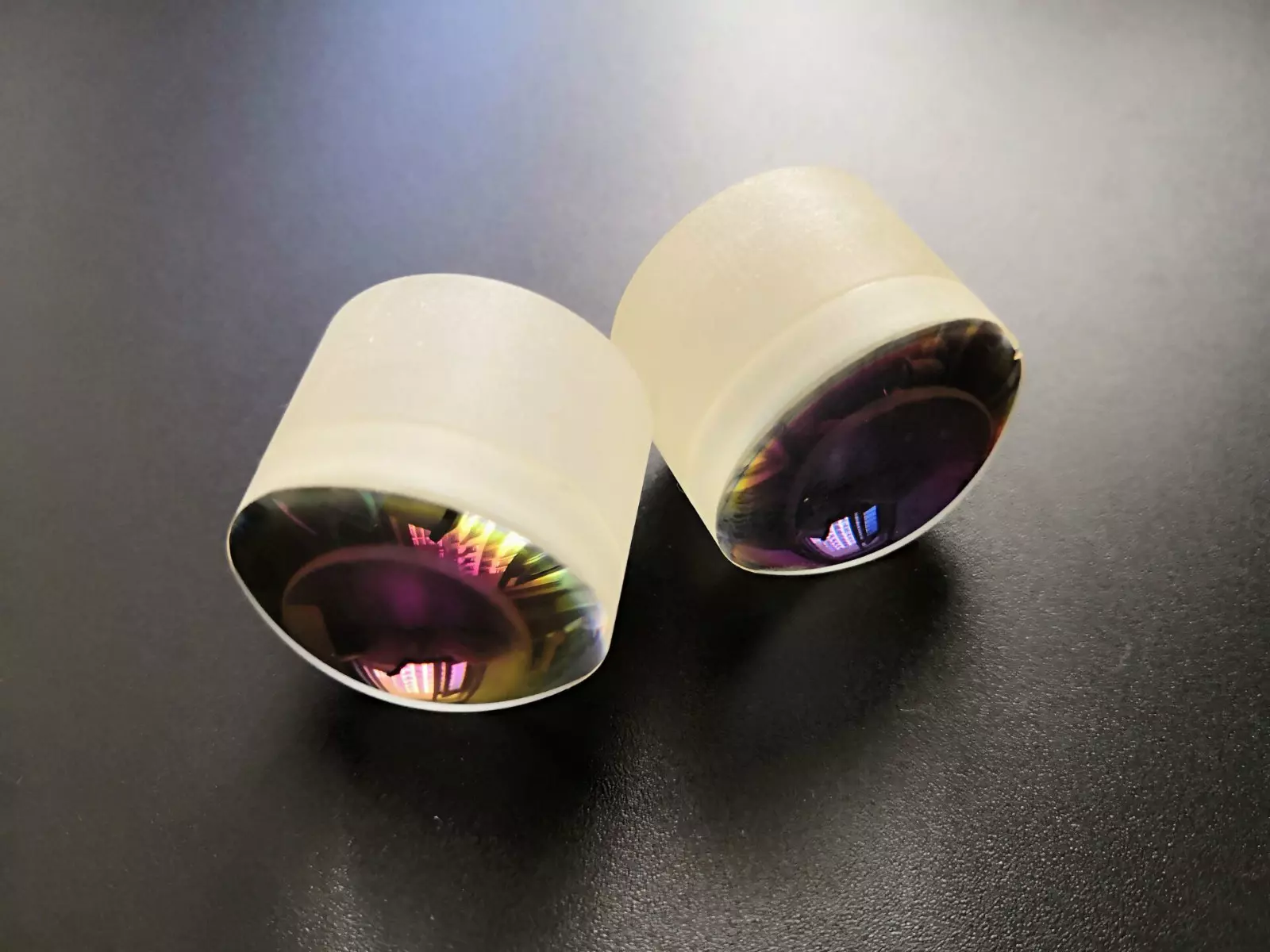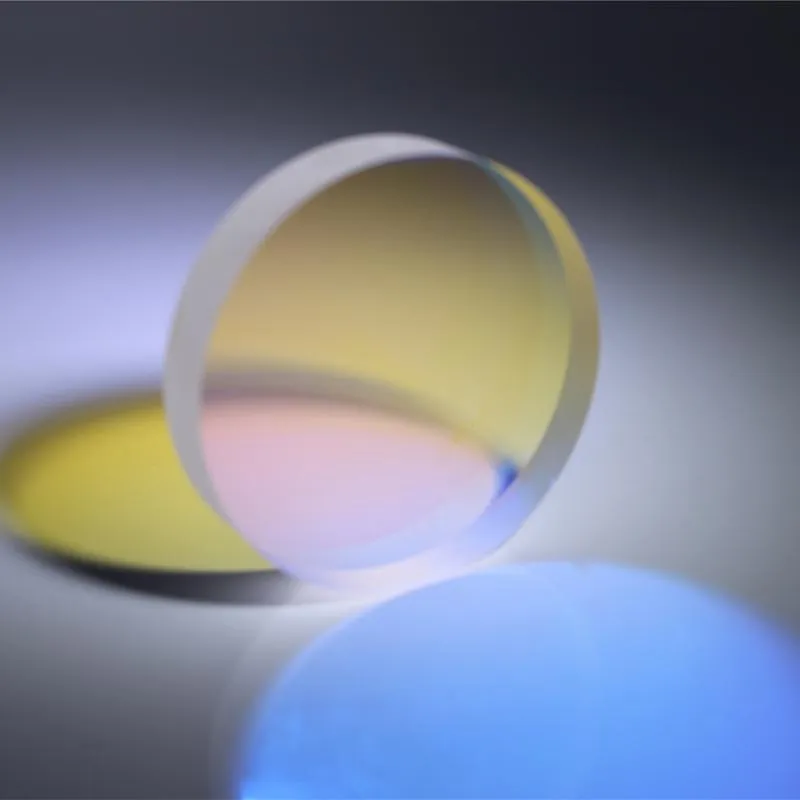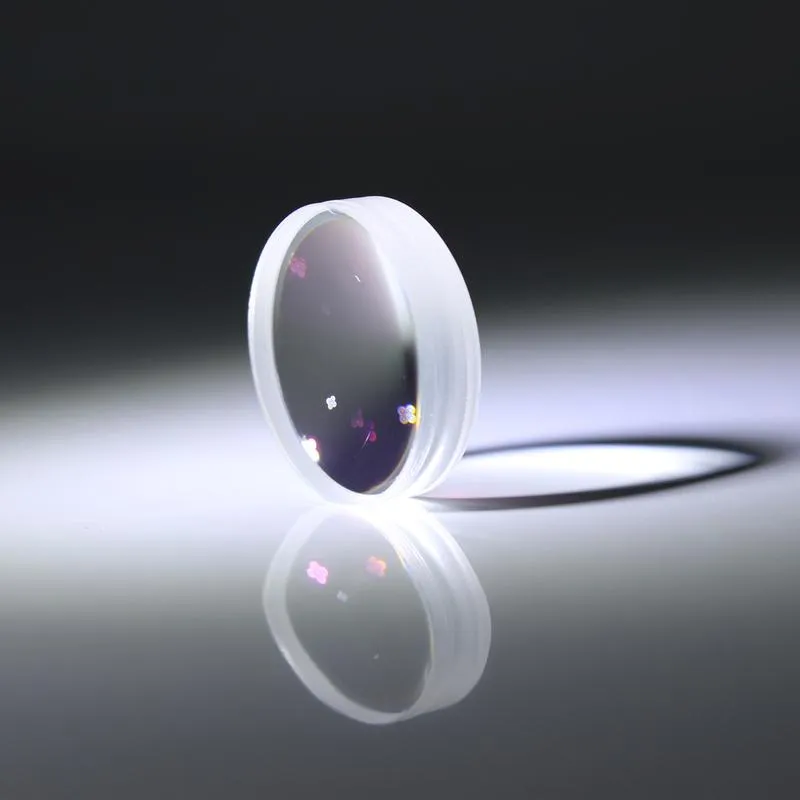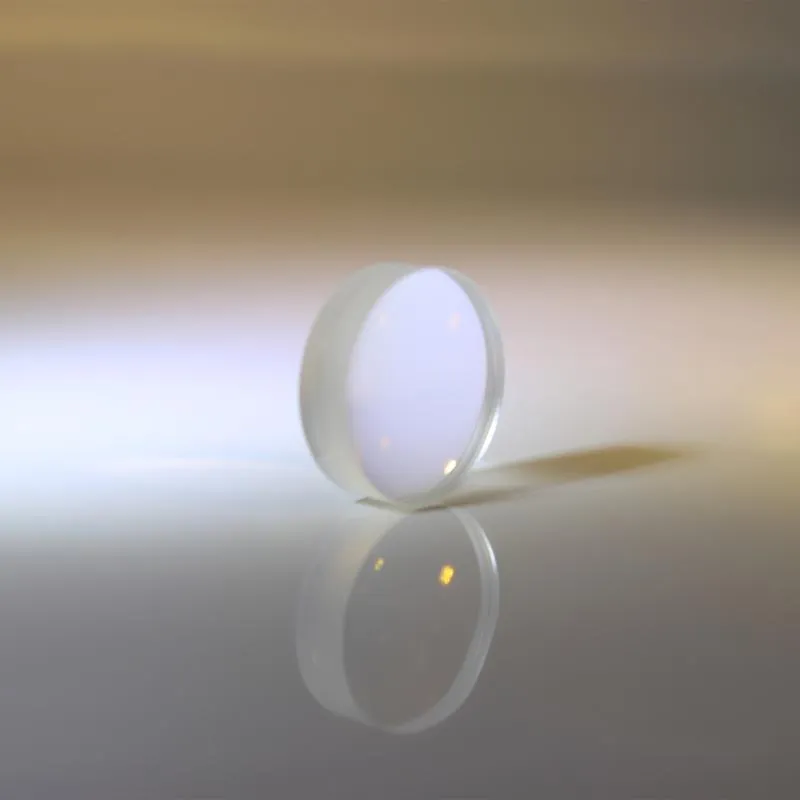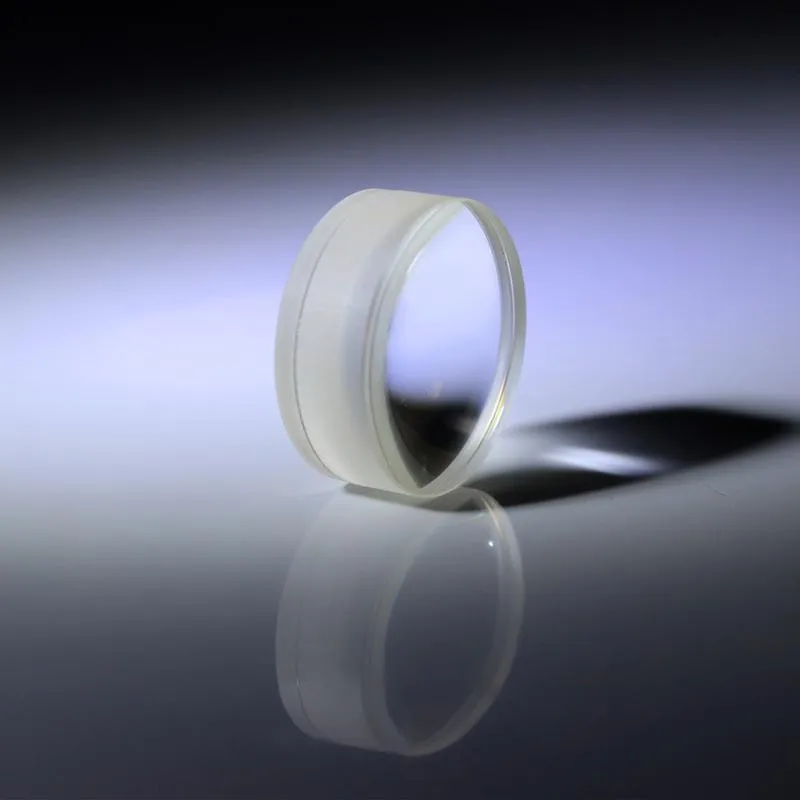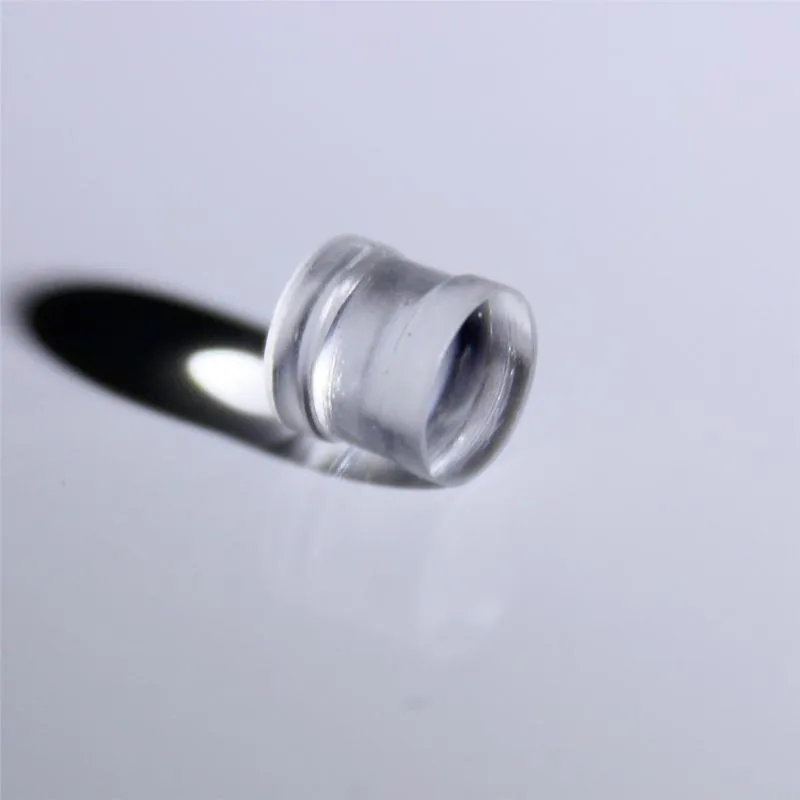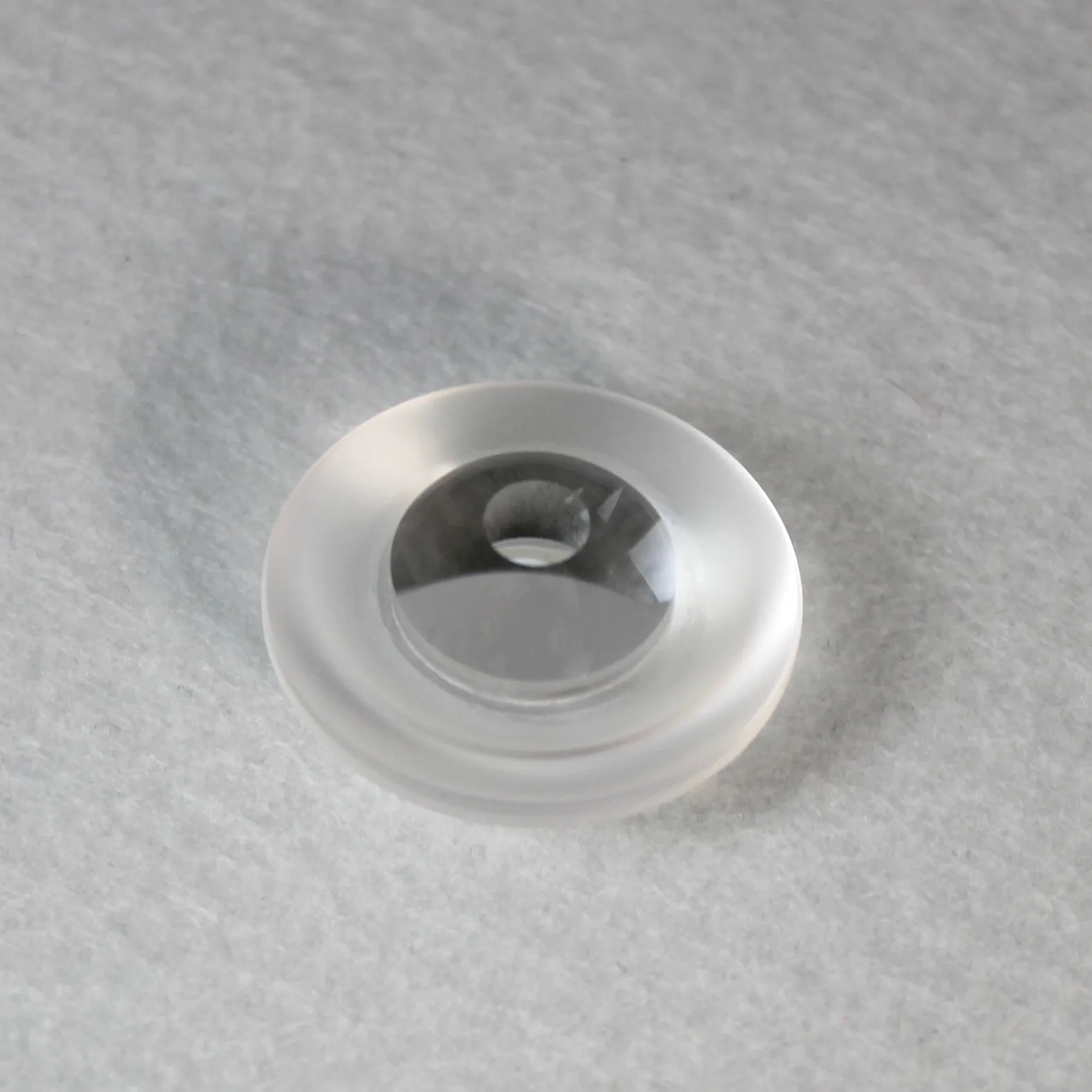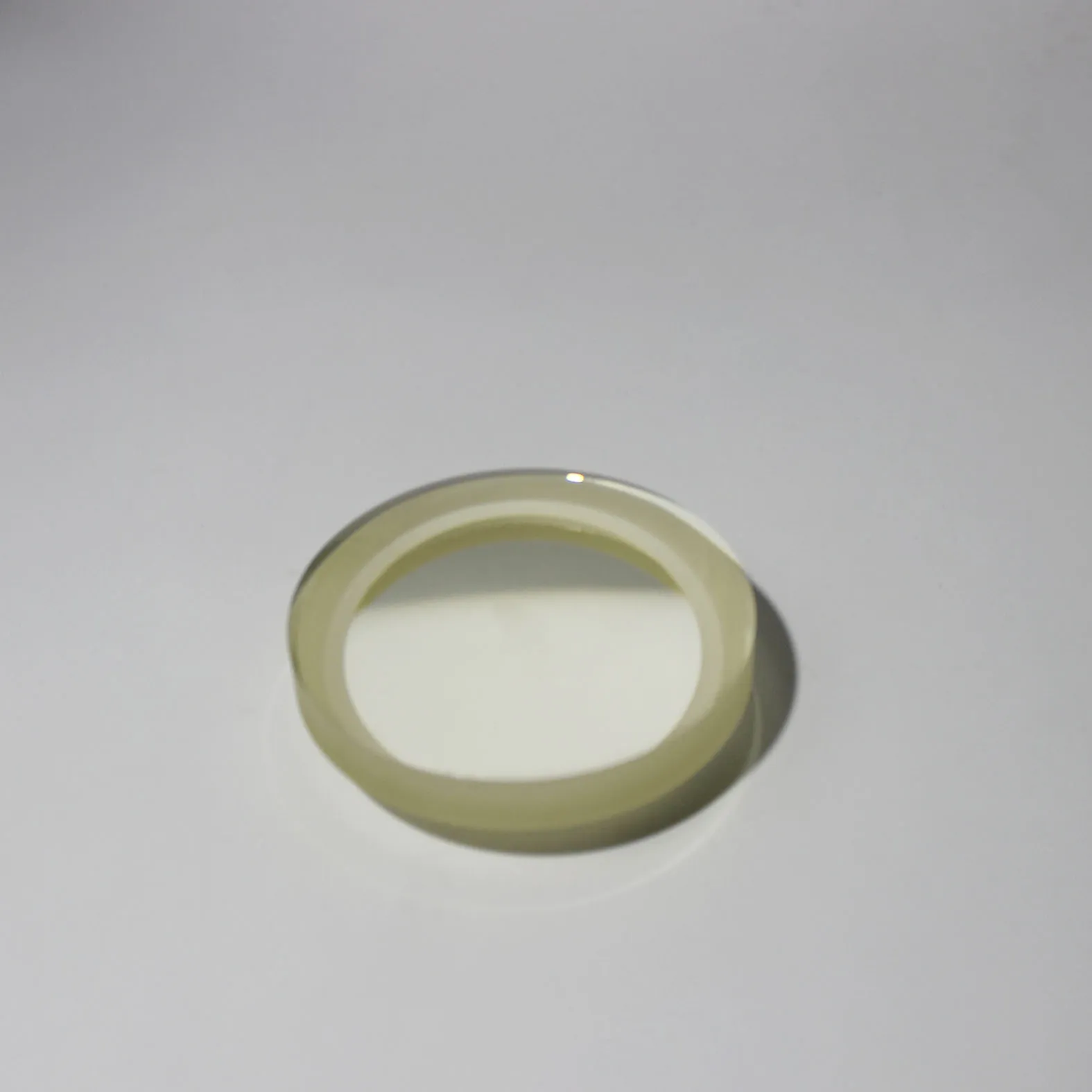Acromatic lens
The acromat lens is a critical component in many optical systems, designed to reduce chromatic aberration and improve image clarity. Whether used in cameras, microscopes, or telescopes, these lenses provide sharp and accurate visuals, making them essential in both professional and amateur optical applications. At Optiechno, we offer high-quality acromat lenses that ensure superior performance in all environments, providing unmatched clarity and focus.
Acromatic Lens: Key to Reducing Chromatic Aberration
An acromatic lens is a type of optical lens that is specifically engineered to minimize chromatic aberration. Chromatic aberration occurs when different wavelengths of light fail to converge at the same point, resulting in a blurred or distorted image. The acromatic lens is designed to correct this issue by focusing two wavelengths (typically red and blue) onto the same point, leading to much clearer and more accurate visuals.
The acromat lens is widely used across several industries due to its ability to deliver sharp, distortion-free images. Some common applications include:
- Photography and Videography: High-quality acromatic lenses are integral in camera systems, helping to produce clear, vibrant images with minimal distortion. Photographers rely on these lenses to capture sharp, high-resolution photos, while filmmakers use them to ensure cinematic-quality video.
- Microscopy: In the field of science and research, acromatic lenses are used in microscopes to provide accurate and precise images of microscopic objects. This clarity is essential in fields such as biology and chemistry, where detail is critical.
- Astronomy: Acromatic lenses are a staple in telescopes, allowing astronomers to view celestial objects with greater accuracy and less chromatic distortion.
- Optical Instruments: Many other optical instruments, such as binoculars and surveying equipment, use acromat lenses to improve focus and image clarity.
Acromatic Lens: Features and Benefits
Investing in a high-quality acromatic lens provides several advantages for professionals and hobbyists alike. Here are the key features and benefits:
- Reduced Chromatic Aberration: The primary benefit of an acromat lens is its ability to reduce chromatic aberration, resulting in sharper, more accurate images.
- Improved Clarity: By correcting for chromatic errors, the acromatic lens provides clearer, more detailed images, making it ideal for applications where precision is paramount.
- Versatility: These lenses are available in a range of sizes and focal lengths, allowing them to be used in a variety of devices, from microscopes to cameras.
- Durability: Built from high-quality materials, acromatic lenses are designed to last, ensuring long-term use in demanding environments.
How an Acromat Lens Works
An acromatic lens typically consists of two types of glass with different refractive properties. By combining a convex lens made from crown glass with a concave lens made from flint glass, the lens corrects chromatic aberration by focusing two different wavelengths of light onto the same point. This process eliminates the blurring that often occurs with standard lenses, providing a sharper, more focused image. The combination of these materials ensures that the acromatic lens maintains high levels of optical performance across a variety of wavelengths.
Choosing the Right Acromatic Lens for Your Needs
When selecting an acromatic lens, it’s important to consider the specific requirements of your application. Here are some factors to keep in mind:
- Focal Length: The focal length of the lens will determine how much light it gathers and how magnified the image will be. Shorter focal lengths are better for close-up viewing, while longer focal lengths are ideal for distant objects.
- Lens Diameter: The diameter of the lens affects the amount of light it can collect. Larger lenses capture more light, making them better suited for low-light environments.
- Material Quality: High-quality glass is essential for ensuring that the lens performs optimally. Be sure to choose lenses made from top-grade optical materials for the best results.
- Coatings: Many acromatic lenses are coated to reduce glare and enhance light transmission, providing even clearer images.
For professionals who rely on precise and clear imaging, acromatic lenses offer unparalleled benefits. In photography, for example, these lenses help capture true-to-life colors without the distortion caused by chromatic aberration. In medical and scientific fields, using an acromatic lens in a microscope ensures that researchers can observe details that would otherwise be blurred or difficult to see.
The acromat lens is an essential component in many optical devices, offering unparalleled precision and clarity by reducing chromatic aberration. Whether you need it for professional photography, microscopy, or astronomy, the acromatic lens will provide sharp, accurate visuals, allowing you to perform tasks with greater efficiency and accuracy. At Optiechno, we provide a wide range of high-quality acromat lenses to meet the needs of various industries. Enhance your optical systems today with our top-of-the-line acromatic lenses.
We offer fast and secure shipping of acromatic lenses across the USA and Europe, ensuring timely delivery for optical professionals and industries. Our trusted logistics network guarantees safe handling and efficient transit, so you receive high-quality lenses without delays. Experience hassle-free international shipping with our reliable service.
Our Ordering Process
Send us your request with detailed specifications
Receive a commercial offer with terms and costs
After your approval, we handle manufacturing, quality control, and shipping
📦 Shipping
3-5 days in EU, from 10 days to USA
💳 Payment methods
Cash, Bank Transfer, Cards (Visa, Mastercard, Amex, Discover) and PayPal
💬 Questions?
Contact us via WhatsApp, phone, live chat or email

